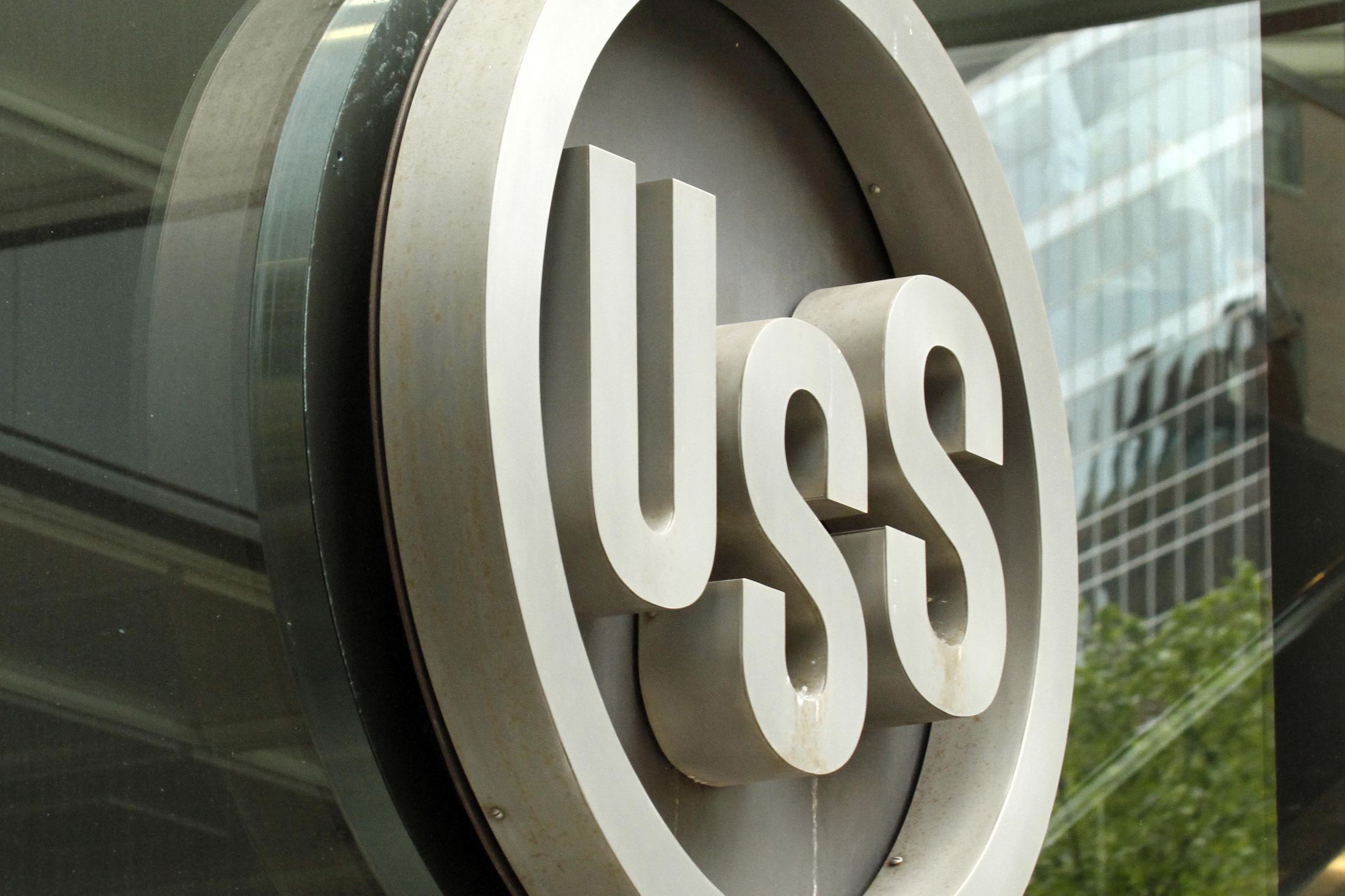Len Boselovic’s Heard off the Street: U.S. steel industry a victim of its own success, authors say

Lost in the recent crush of cheap imports that sent U.S. steel producers scrambling to the federal government for trade relief is an American manufacturing success story.
That’s the assessment of two economics professors who studied the domestic steel industry over 40 tumultuous years and declared that only computer software and equipment makers have increased their productivity faster than U.S. steel producers.
Allan Collard-Wexler, who teaches at Duke and New York universities, and Princeton University’s Jan De Loecker conclude that the massive job losses Pittsburgh and other steel towns have experienced since the 1980s were not caused by globalization but by the industry’s adoption of new technology that enabled producers to make the same amount of steel with far fewer people.
The stars of this success story are minimills — steel shops that melt scrap and iron in furnaces to produce steel.
Minimills are cleaner, less capital intensive, cheaper to maintain, and do not have the massive fixed costs that burden traditional steel producers such as U.S. Steel. Traditional producers rely on blast furnaces stoked with iron ore, limestone and coke — a baked coal that is used as a fuel. Blast furnaces make pig iron, which is refined in a second furnace to produce steel.
Between 1962 and 2002, the 40-year period Mr. Wexler and Mr. De Loecker studied, minimills — for the most part nonunion shops outside the Rust Belt — forced antiquated traditional producers out of business and spurred those that survived to increase their own productivity. The free market worked the way it was supposed to: production shifted from the least efficient to the most efficient producers.
The transformation resulted in staggering job losses: an industry that employed about 500,000 in 1972 had a work force of about 100,000 three decades later, the professors found.
Over that same 30-year period, the domestic steel industry’s productivity jumped 28 percent, they reported. Almost half of that productivity growth can be attributed to the emergence of minimills, Mr. Wexler and Mr. De Loecker said. It now takes a worker about 1.9 hours to make a ton of steel, down from 10.1 man-hours in the early 1980s, according to the American Iron and Steel Institute, an industry group.
The economists’ findings, published last year in the American Economic Review, portray a vibrant domestic steel industry. If that’s the case, why is one of the country’s healthiest manufacturing industries beseeching Washington for relief on the trade front?
It’s because China and other nations are building steel industries far more grandiose than their economies justify.
The result has been a global glut of, in many cases, government-subsidized steel. The Organization for Economic Cooperation and Development estimates there is a 700 million metric ton excess of steel capacity around the globe, with China accounting for about 425 million metric tons of the overcapacity.
In recent years, so much of that cheap steel washed up on U.S. shores that even a healthy, revitalized steel industry suffered another round of job losses and red ink.
“This is a strong industry that’s being hurt, rather than one that needs government protection,” said James Moss of First River Consulting, a Pittsburgh metals industry consulting firm. “The trade complaints are coming from an industry that is much more efficient than it was 10 or 20 years ago.”
Mr. Moss notes that blast furnaces make less than 40 percent of U.S.-produced steel. European producers rely on the traditional, costlier technology to produce nearly 60 percent of their steel, while blast furnaces account for about 90 percent of Chinese production, he added.
Rulings in several trade cases involving imported steel have brightened the domestic industry’s prospects.
U.S. Steel expects to generate about $50 million in profits this year despite losing $386 million in the first half. Yet to be decided is a case brought against China by U.S. Steel this year. The Pittsburgh producer accused Chinese steelmakers of conspiring to fix prices, stealing trade secrets by hacking its computer system, and evading duties imposed on Chinese steel by falsely labeling imports.
While important, the trade cases do not address the overcapacity issue. Unless that is resolved, the transformation Mr. Wexler and Mr. De Loecker documented may not have a happy ending.